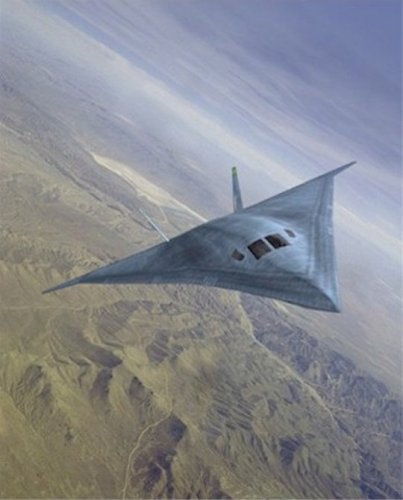Flyaway said:
AeroFranz said:
I don't think higher sweep necessarily means higher cruise speed requirement.
Airliners cruise around M0.8, just below drag rise, with very limited sweep- way less than the B-2. Having even more sweep would theoretically allow you to have really thick airfoils and still stay below drag rise, but i don't see it. The reason airliners try to unsweep the wing is because it gives better L/D.
Because of the way transsonic drag rises, you get diminishing returns for trying to fly faster. The B-21 needs a lot of range and cruise efficiency is at a premium. No, if NG incorporated more sweep, it's because of signature, IMHO.
It depends if you think it's the same kind of thing as a B-2 & I am not convinced it is. The B-21 maybe more like a heavy attack aircraft rather than just pure global bomber and therefore things like air to air capability and high dash speed may come into play for its design.
The picture below is what i'm talking about. Long range aircraft fly at the knee in the curve, the drag divergence Mach. If you want to fly faster, you get a disproportionate increase in drag, in turn you need more thrust, more fuel, bigger engine, bigger airframe. Hard to quantify precisely, but you could for example require flying just 10% faster and as a result your airplane takeoff gross weight goes up 30%. You must REALLY want that capability to justify the cost.




